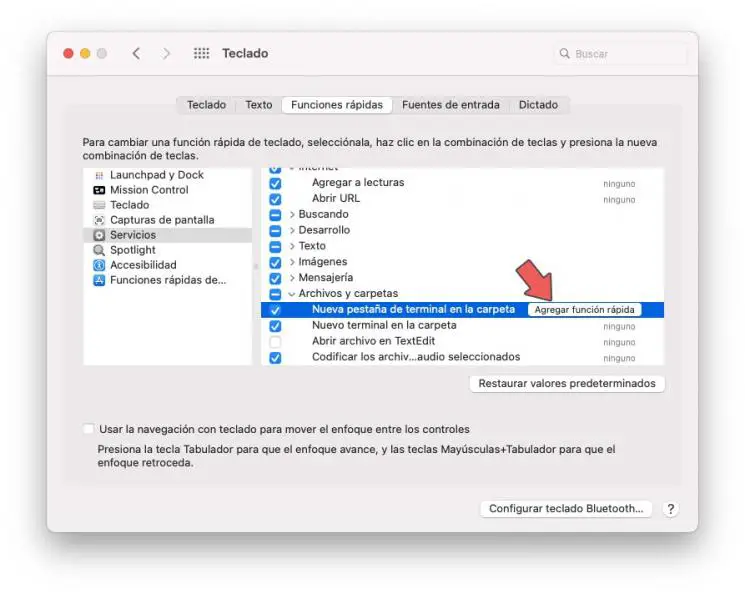

You can navigate through each highlighted image by pressing the left arrow or right arrow keys.

Highlight one or more images and then press option+spacebar. What you may not know is that you can preview using the entire screen. Press the escape key to dismiss the preview window. This allows you to preview an image without opening it. You may already know that in Finder you can use the spacebar to open a preview of a file when have it highlighted. Text Editors: Copy / Paste and Match Styleįinder: Rename Multiple Files Finder: Preview Since we have so many of these, we’ve also added a table of contents so that you can simply click directly on the Mac shortcut you want to see instead of scrolling through a long webpage. In an effort to share our knowledge, we’ve created a living list of Mac shortcuts to help you be more efficient. If you think iTerm makes you more productive, please consider donating.If you’ve been using a Mac for a while, you likely have tons of tricks and shortcuts that you use every day to make your life easier.
OPEN TERMINAL MAC SHORTCUT WINDOWS
In order to reduce distraction and increase the size of the hotkey window, go to the Profiles tab, select the Hotkey Window profile, select the Windows tab, and in the Window Appearance section, reduce Transparency to opaque, then in the Settings for New Windows section, click on the Style options, and select Fullscreen.Ĭongratulations, your hotkey window is now full-screen! Personally, I use Operator Mono by Hoefler & Co. In order to change the font, go to the Profiles tab, select the Hotkey Window profile, select the Text tab, and and in the Font section, click on Change Font to select your favorite font. In order to open terminal windows or tabs using the previously used location, go to the Profiles tab, select the Hotkey Window profile, select the General tab, and in the Working Directory section, click on Reuse previous session's directory. In the panel that opens up, check the Double-tab key checkbox, and press OK.Ĭongratulations, your hotkey window has now been configured and can be toggled on and off by double-pressing the Control key! Customization Go the Keys tab, and click on the Create a Dedicated Hotkey Window. In iTerm, press ⌘ +, to open preferences.

If iTerm's documentation for hotkeys doesn't suffice, here's a step-by-step guide for setting up a full-screen, system-wide terminal accessible via hotkey: Basic Setupĭownload iTerm2, move iTerm.app from Downloads to Applications, and open iTerm. Instead, the maintainers suggested to switch to iTerm2, which offers similar functionality. Because of a lack of compatibility out of the box and a lack of interest by the original maintainers, development was stopped. TotalTerminal provided a system-wide terminal available on a hot-key - until OS X El Capitan was released in September 2015. While it is also possible to open an internal terminal window in any JetBrains IDE using ⌥ + F12, these windows are usually too small to show a lot of information, and at the same time they take away space that is better suited for displaying code. While it is possible on macOS to switch between applications using ⌥ + tab or shift + ⌥ + tab, there are certainly faster and better ways of reaching a terminal. Very often I have observed developers move around windows on the screen in search for a previously opened terminal. One of these things is opening a terminal window so commands can be entered. When pairing with other developers, I oftentimes notice them spending more time than necessary on things that are neither interesting nor should take a lot of time.


 0 kommentar(er)
0 kommentar(er)
